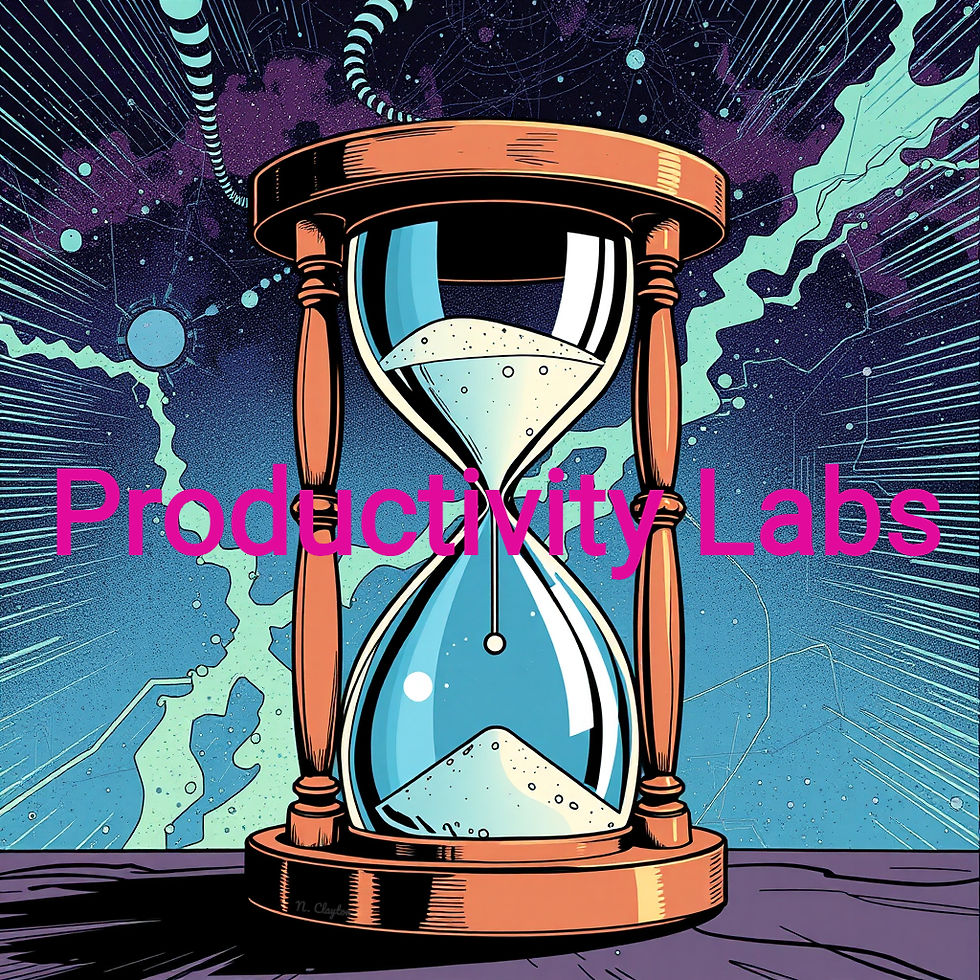How Executive Assistants Shape Leadership Strategy
- Nicole Clayton

- Sep 24
- 2 min read
Updated: Sep 26

In most organizations, executives are celebrated for their big decisions, bold strategies, and ability to drive growth. But, behind every successful leader is a support team working with these leaders whose work often goes unseen. This labor consists of a constant triage of calendars, emails, travel, and information flow isn’t just logistical support. It’s strategic leverage. Executive Assistants (EAs) transform leadership from reactive to proactive, creating the conditions where strategy can flourish.
The Nature of Invisible Labor
For experienced EAs and Chiefs-of-Staff, this labor is almost invisible. The way it shows up is a feeling that is experienced when tasks are so smoothly handled, they’re rarely acknowledged. This happens by:
Anticipating details that may be conflicts before they derail a negotiation.
Drafting agendas that keep leadership meetings sharp and focused.
Filtering and responding to emails so executives spend energy on decisions, not distractions.
Acting as discreet advisors when tone, timing, or context could make or break a message.
Translating relational labor by providing insights to senior leaders how strategic initiatives affect stakeholders not necessarily in the room. EAs are often taking the temperature and formulating where and with whom information is landing positively or negatively and gauging where this may impact the organization.
These efforts rarely appear on performance dashboards, but they shape the rhythm and reputation of leadership work.
How Assistants Enable Strategy
When EAs handle invisible labor, executives recover their most precious resource: time. That time becomes the space for strategic thought, problem-solving, and relationship-building.
Example 1: Protecting Revenue An EA spots a double-booked client meeting and restructures the calendar. What could have been a missed deal becomes a signed contract.
Example 2: Safeguarding Reputation An EA filters an impatient draft email, suggesting a more professional tone. The result: a preserved partnership rather than a public fallout.
Example 3: Amplifying Relationships An EA notices that two board members are visiting the same city as the executive. By coordinating a dinner, the assistant strengthens relationships that will later support a strategic vote.
Why This Matters to Organizations
When companies undervalue assistants, they miss out on compounding returns:
Leaders spend more time on logistics and less on strategy.
Mismanaged meetings drain hours and morale.
Small errors (missed flights, overlooked emails) snowball into major costs.
Conversely, investing in professional EAs means investing in leadership effectiveness. The return isn’t just smoother operations, it’s sharper decisions, stronger relationships, and resilient strategy.
Final Thought
The work of Executive Assistants may be trivialized, but its impact is undeniable. Every carefully managed calendar, every filtered email, every well-prepared meeting creates the conditions for leaders to lead. By recognizing and resourcing this role, organizations aren’t just hiring support--they’re securing leverage for their strategy.
✨ Pro tip for junior EAs: Track the outcomes of your "invisible" labor. Did your calendar change prevent a missed deal? Did your draft save an executive from sending a risky message? Write it down. Over time, you’ll have proof that your labor creates visible impact.



Comments